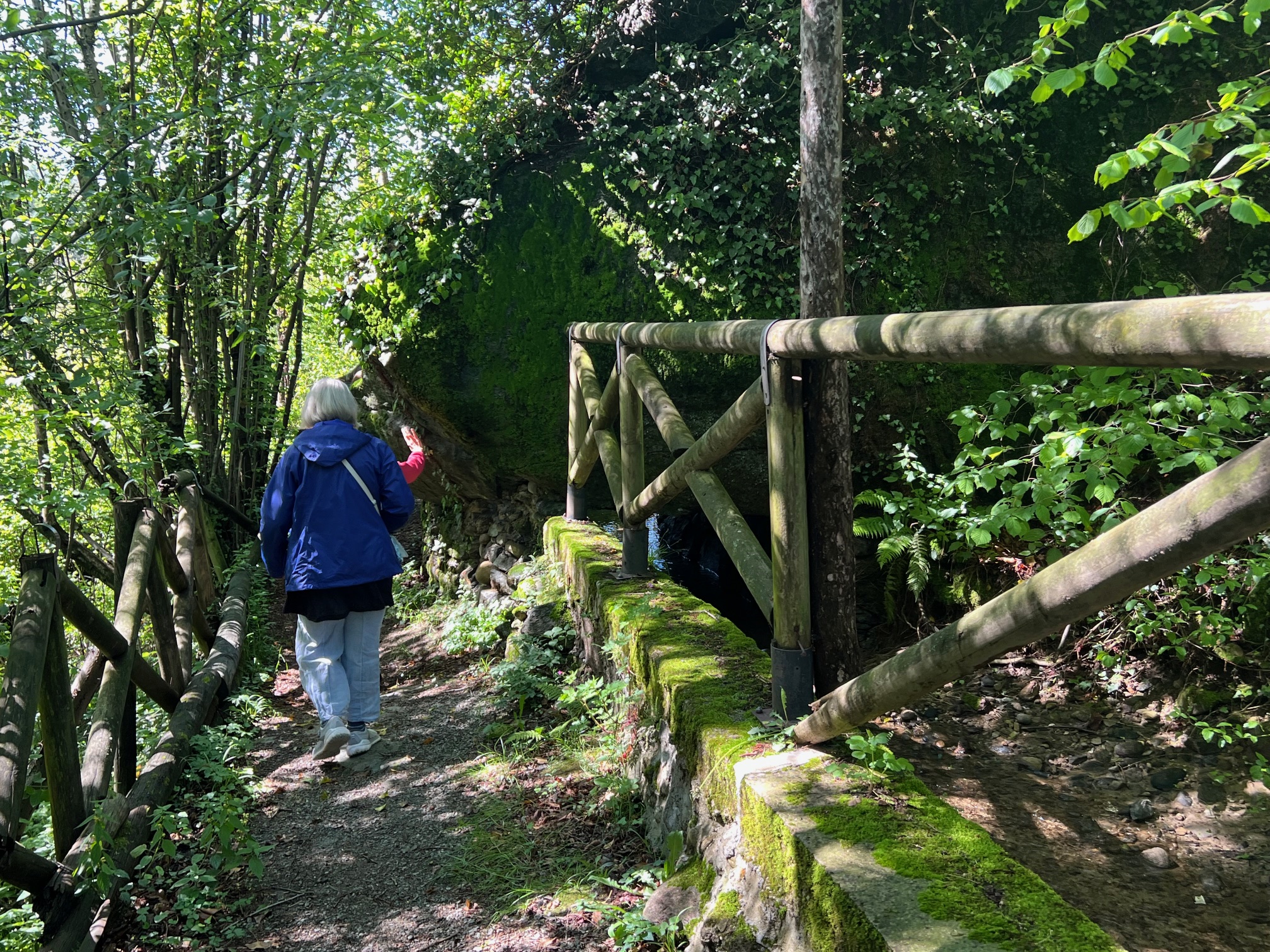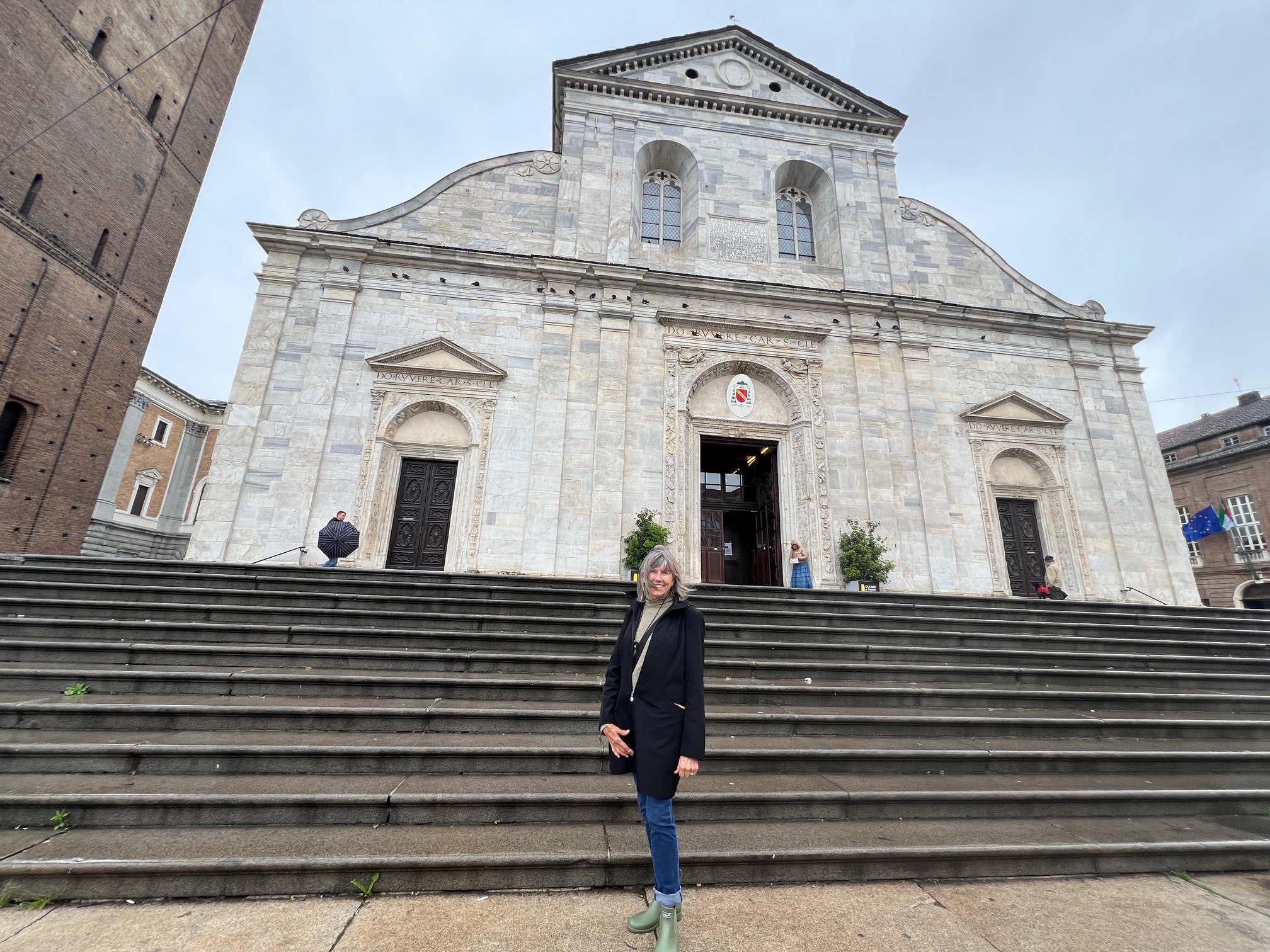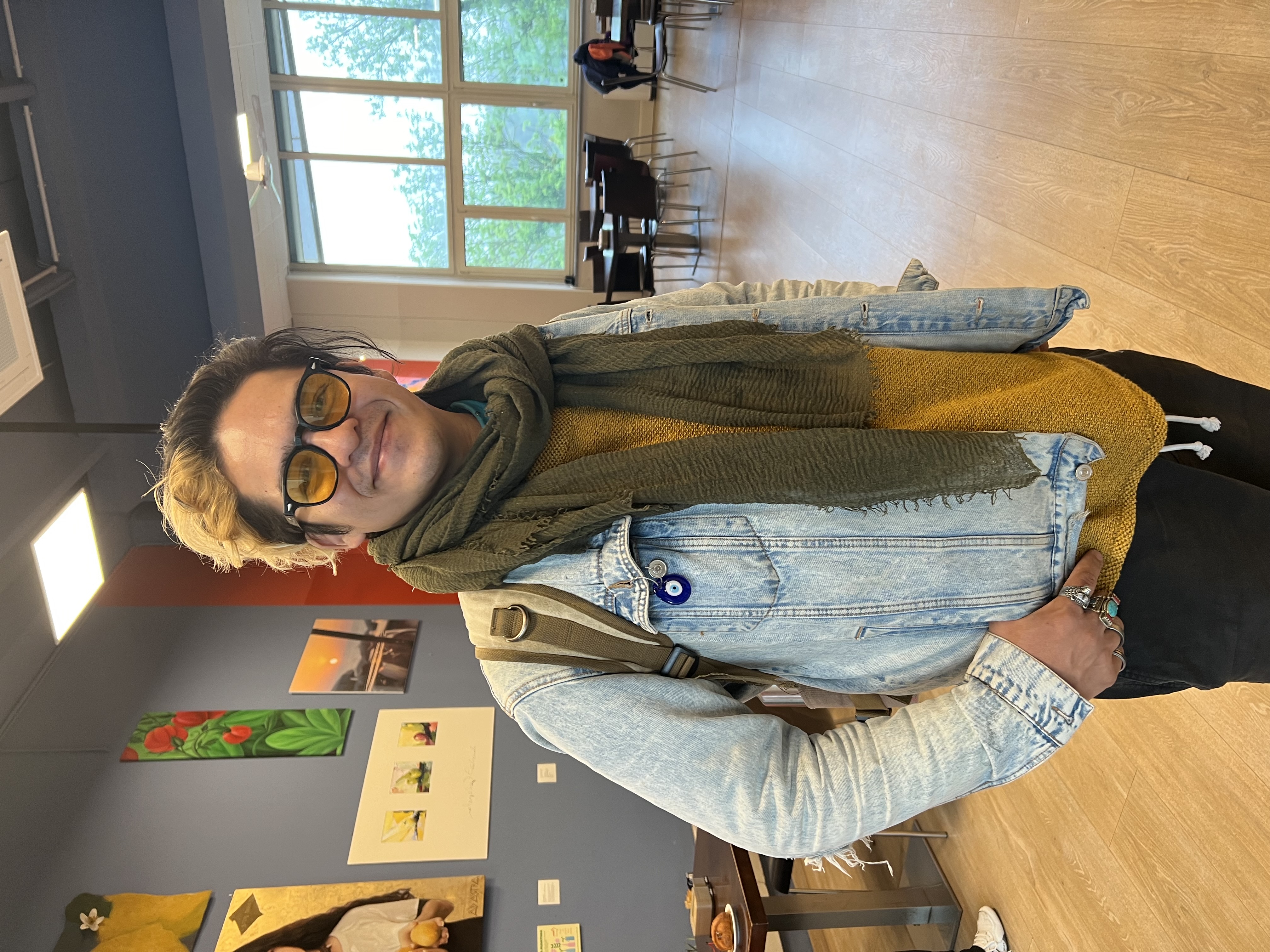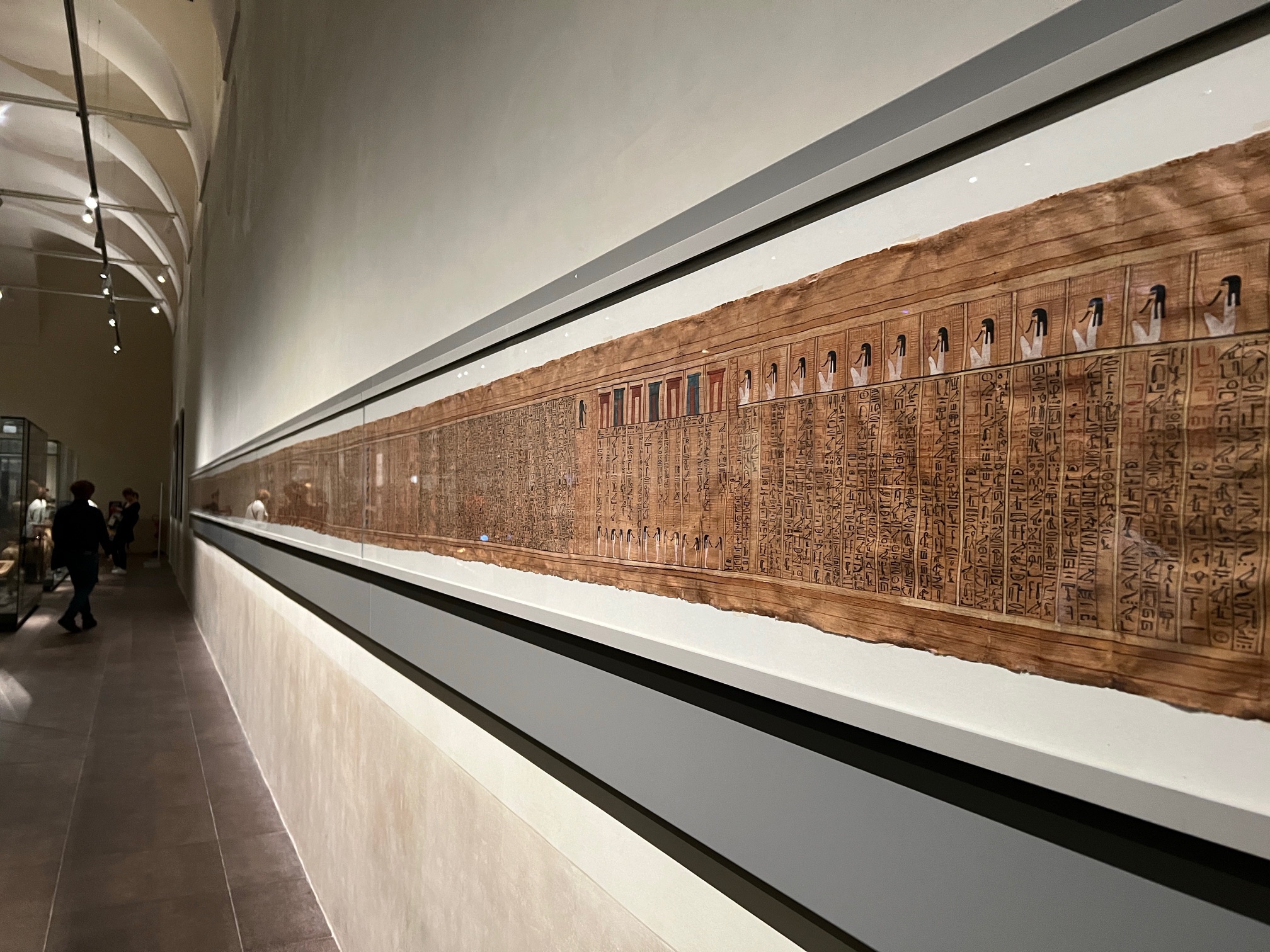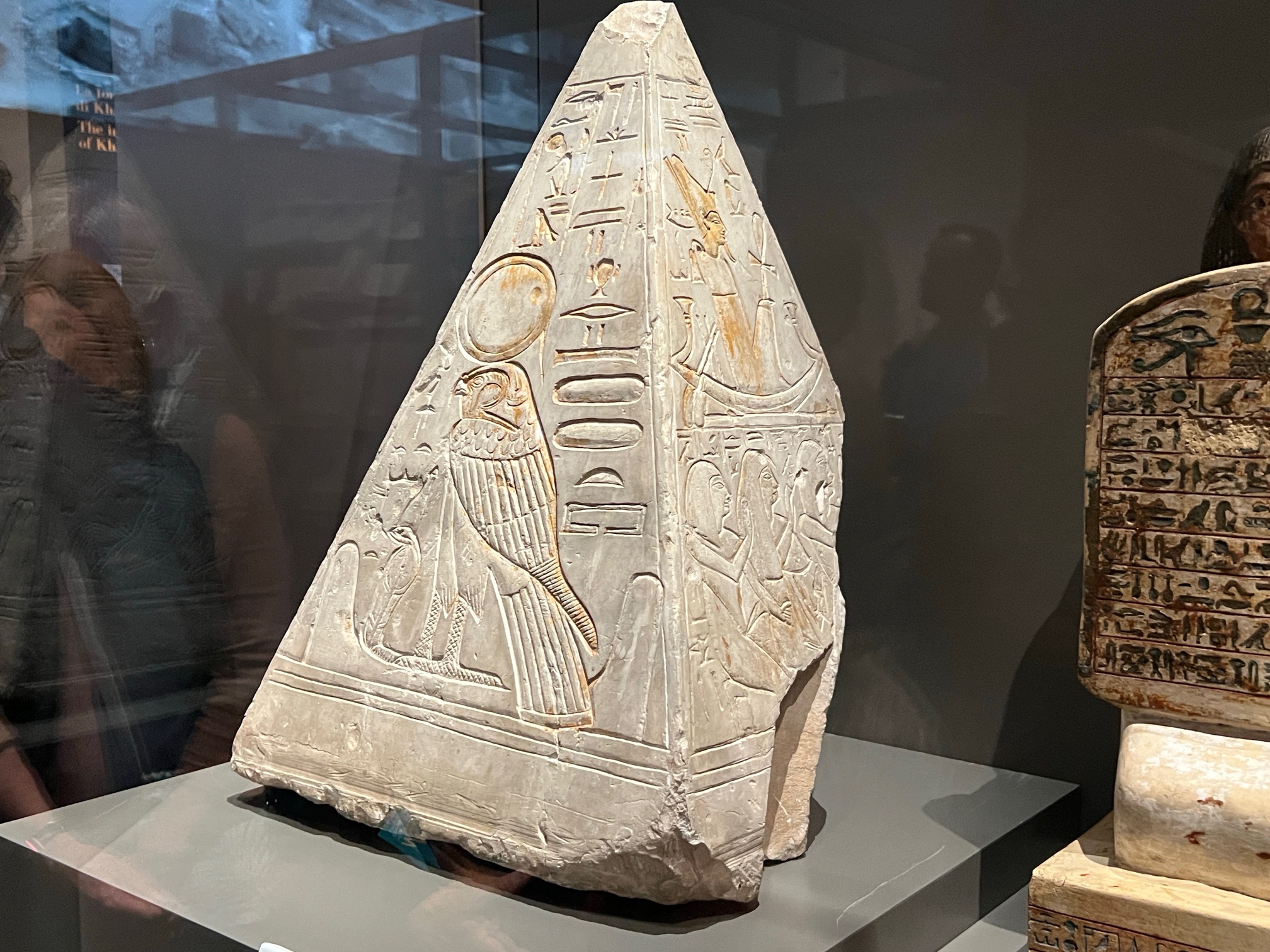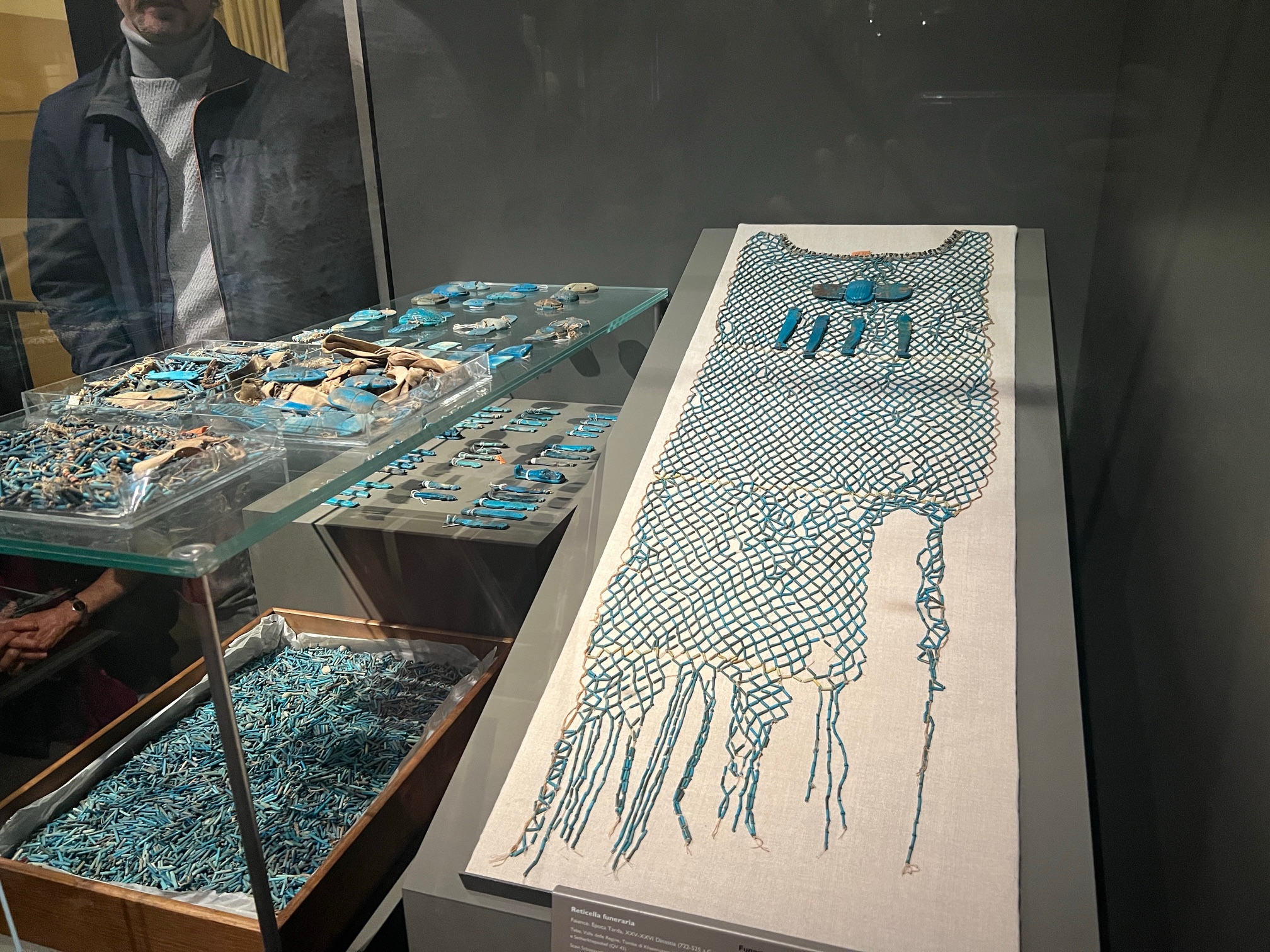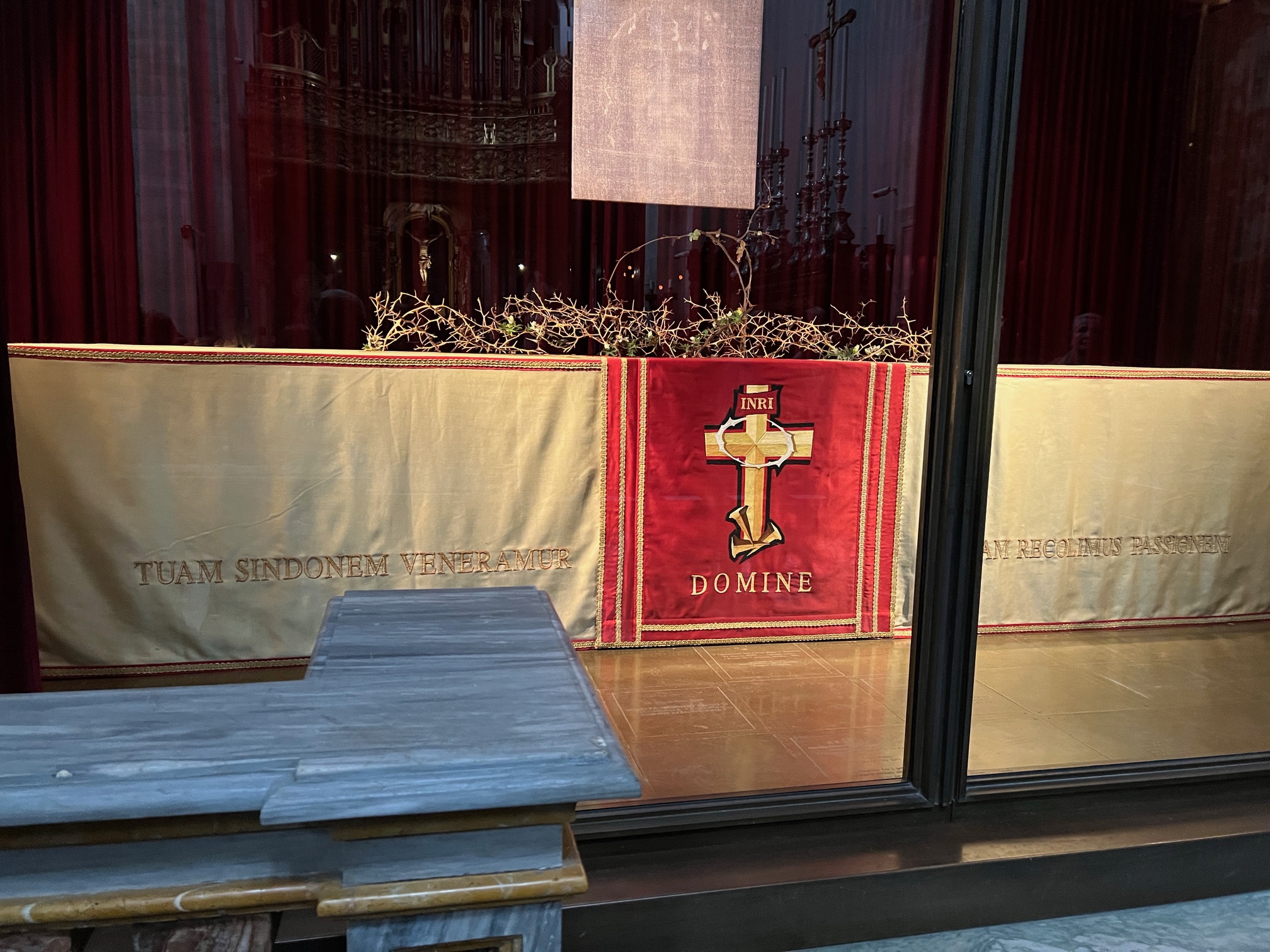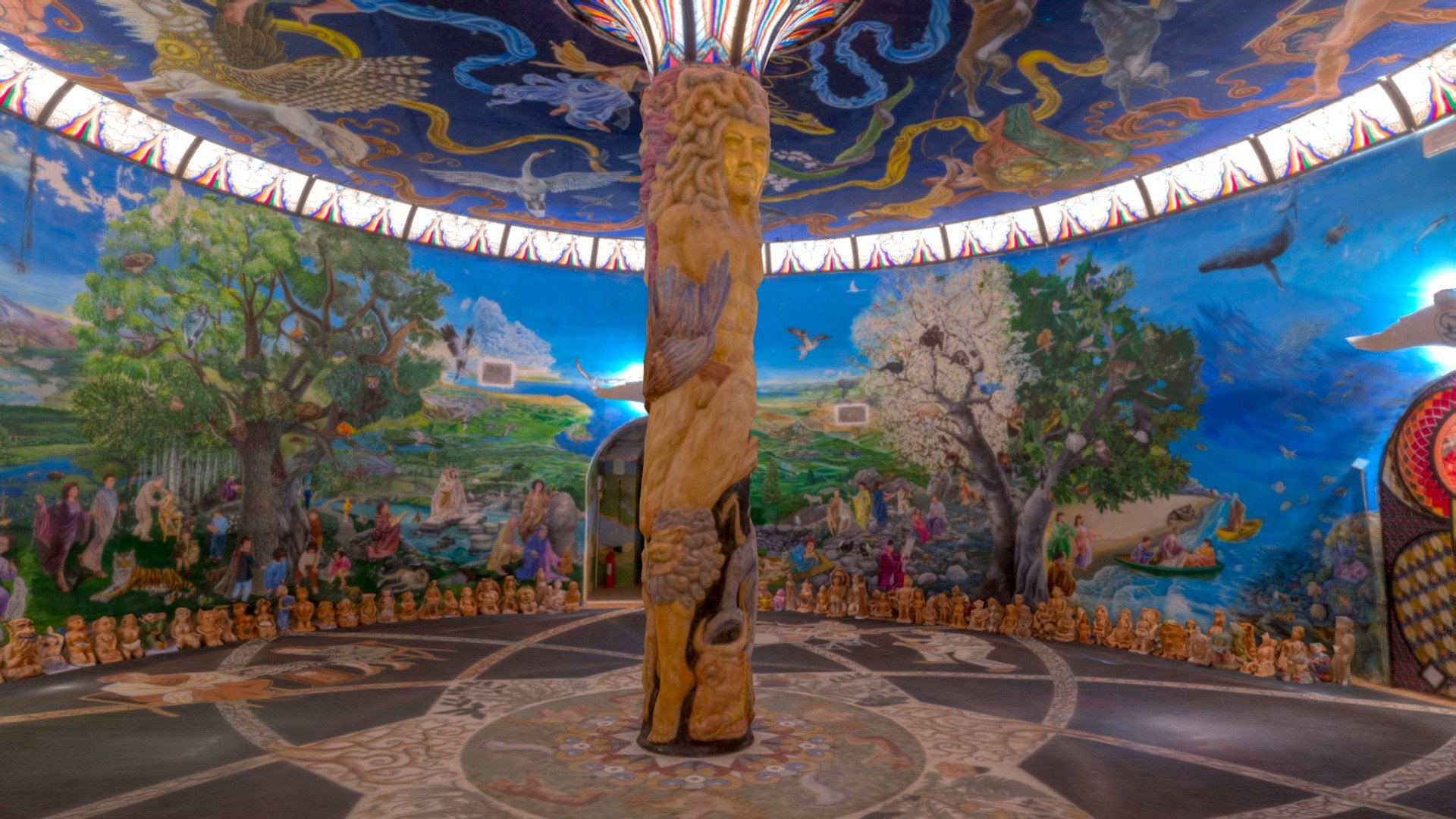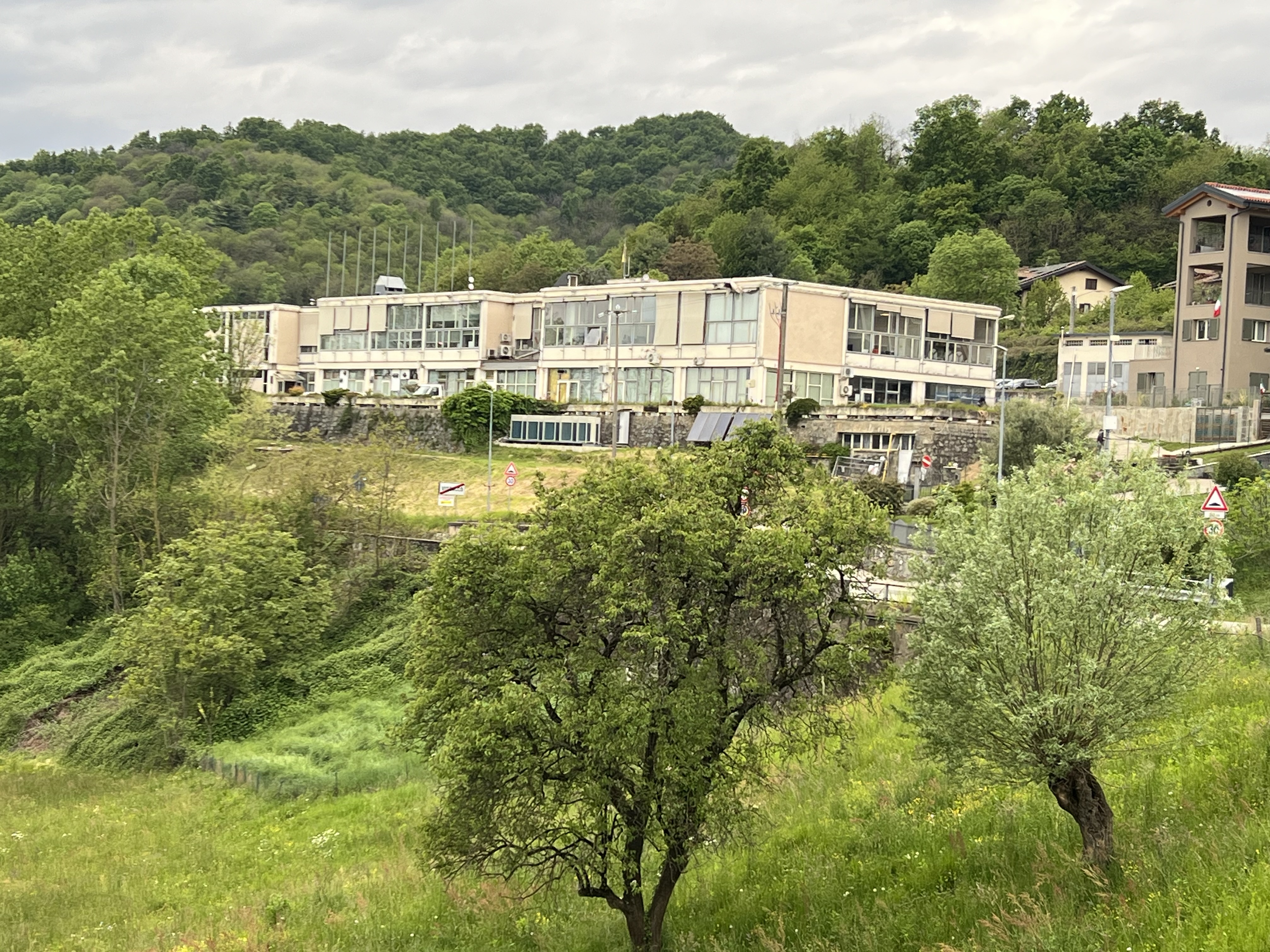My amazing week in Damanhur is coming to a close. The night before our departure we had our closing dinner at Old Mill of Bairo, a totally luscious farm-to-table restaurant.

We enjoyed a traditional Italian meal- antipasto ( three items), first course, second course, dessert, and of course, wine.

The owner thoughtfully prepared vegetarian first and second courses for me and the other vegetarian in our group. My risotto first course was so beautiful and delicious I forgot to take a picture. I did, however, remember to take a picture of my second course-an amazing, fluffy spinach souffle.

Last Day
I felt like we were completing a beautiful circle when we ate our last lunch together in the same cafe where we had shared our first lunch when we arrived. Although the salads were different, we had another beautiful array of salads and great bread. Tigrilla introduced Tarrabah,the talented chef/owner, who created our wonderful meals.

Tigrilla also introduced two other Damanhurians who were in the cafe. One of them was Orango, the head of Meta Action, which focuses on putting spiritual thought into action.

The other, Barys, was introduced as a child of Damanhur because he was born here.

After lunch, a friend and I walked around the Open Temple before boarding our van for Milan to fly home. Once again, it felt like coming full circle. We visited the Open Temple on our first day in Damanhur and again on our last.



Final Thoughts
As I leave Damanhur, I am so thankful for the people who played a role in this amazing journey.
My dear friend Bev organized the trip, guided us through the powerful week, and initiated the transition from fourteen seekers to one powerful group.
Tigrilla and Crotalo our Damanhurian teachers, orchestrated our experiences, shared their knowledge and opened the door to the beautiful mystery of Damanhur.
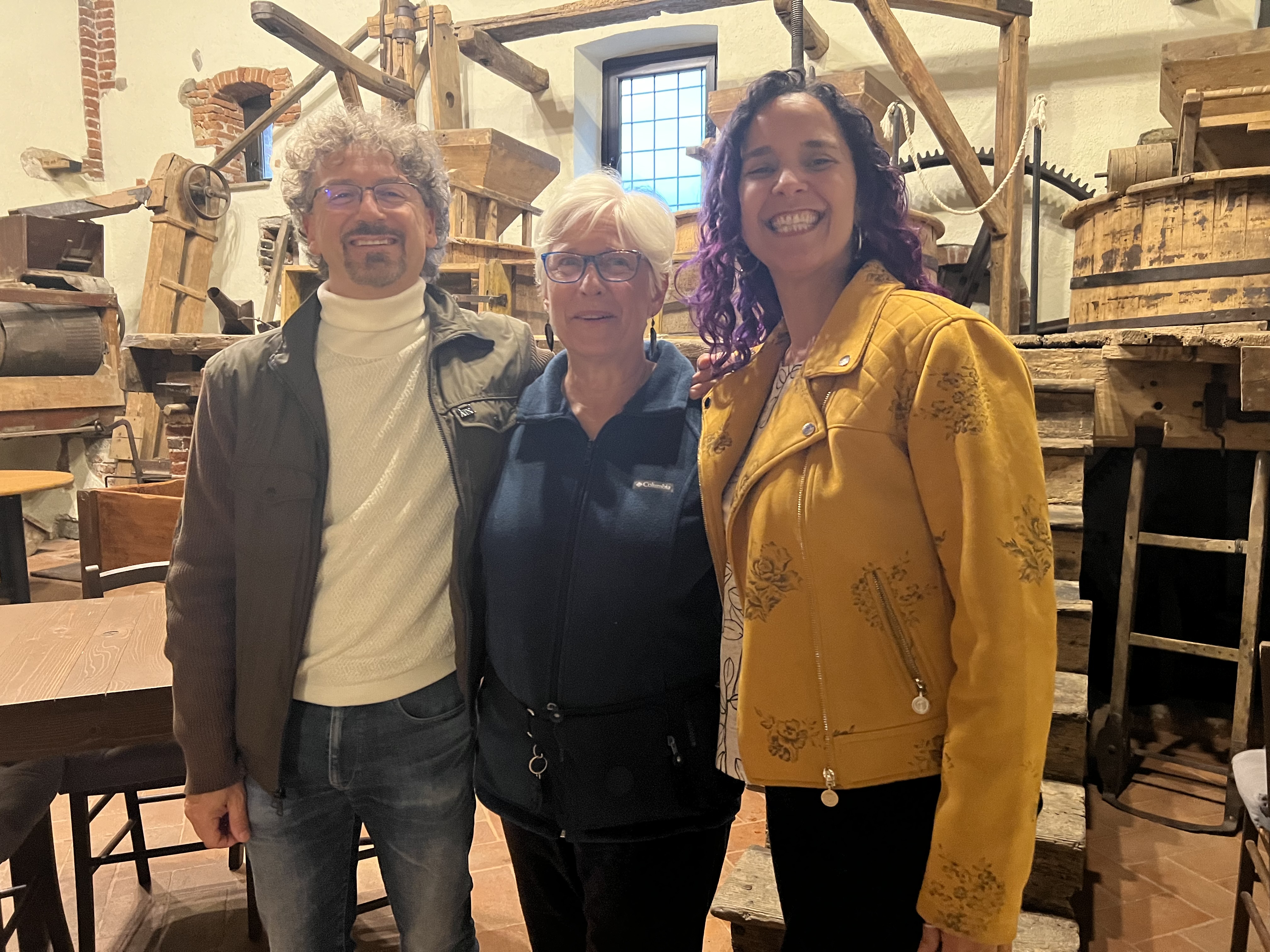
My amazing group of fellow seekers were a constant source of support, inspiration and fun. I feel lucky to have gotten to know each of them.

When I started this journey, I knew one roommate a little bit and the other not at all. I am leaving with two new friends. We stayed up late talking about so many things-our Damanhur experiences, life, love, women’s rights, and on and on. And, oh, how we laughed- hard and often.
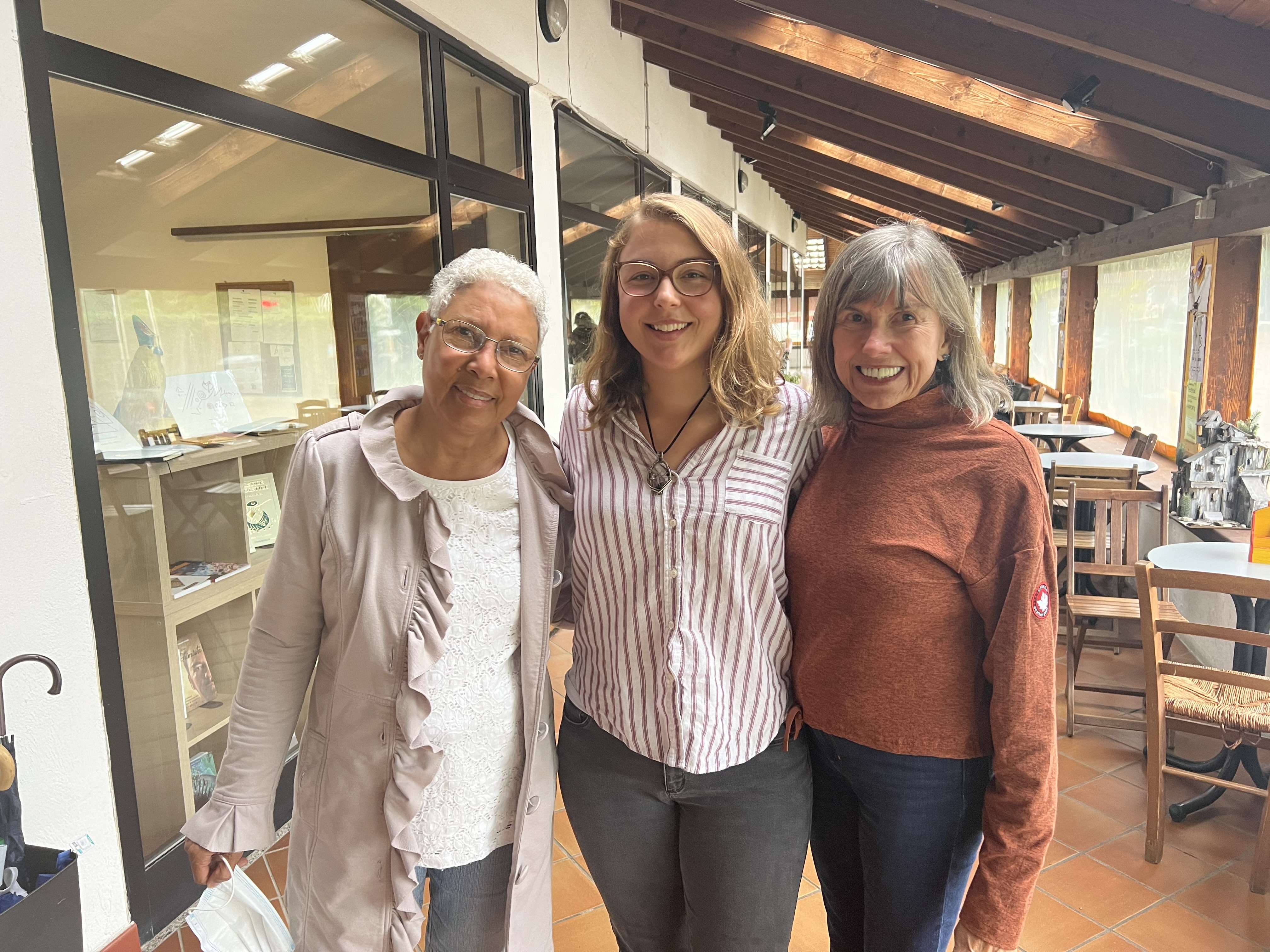
It will take time-probably lots of time-to understand everything I learned and experienced this week. I am looking forward to the journey.






